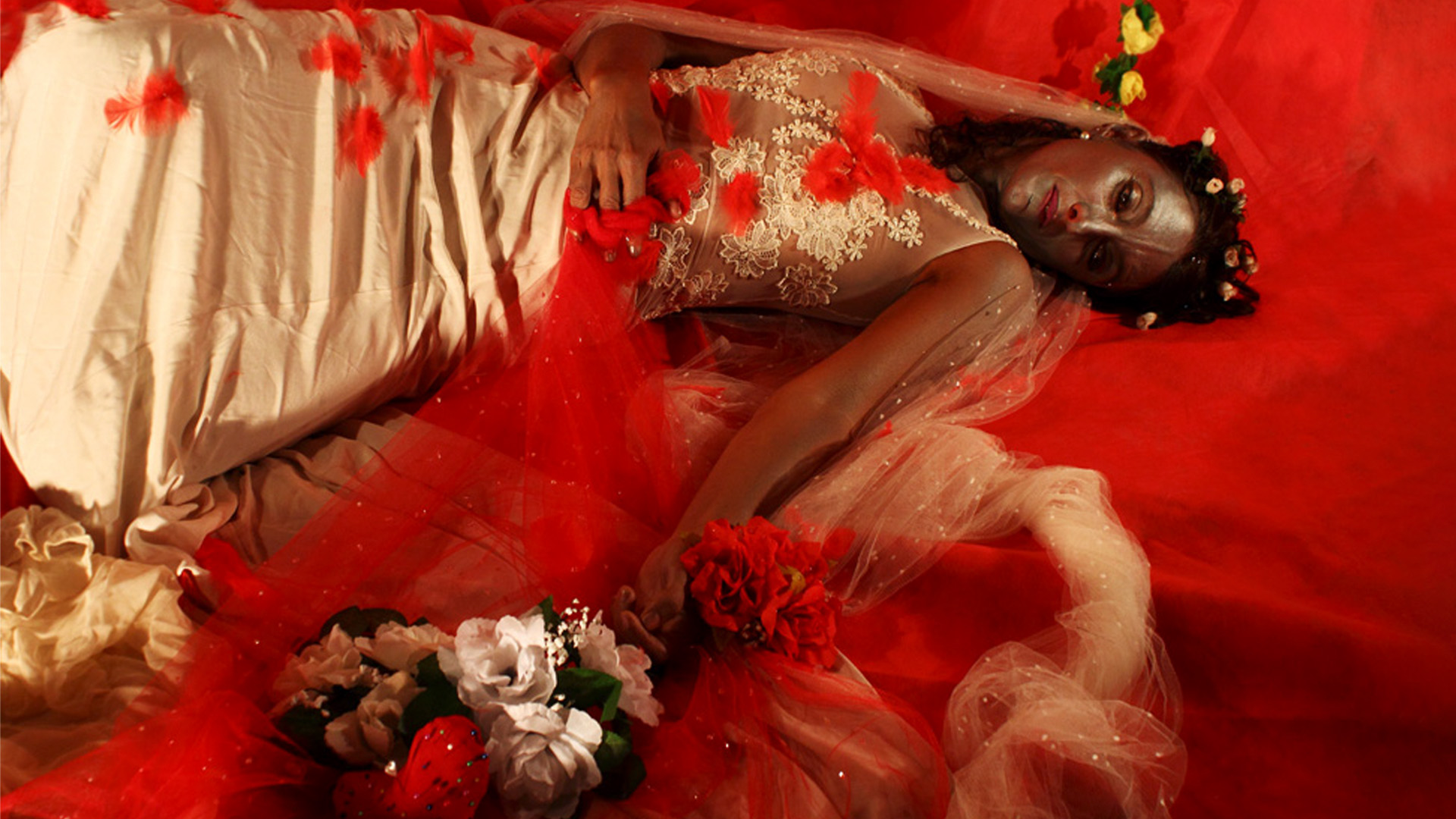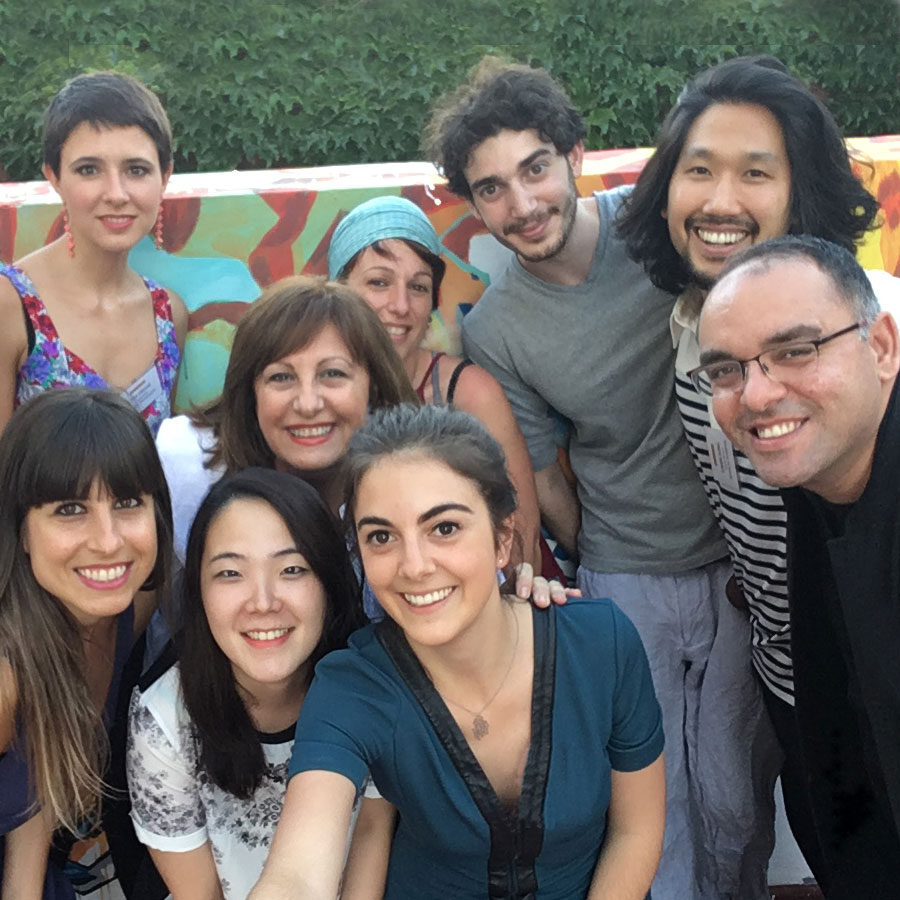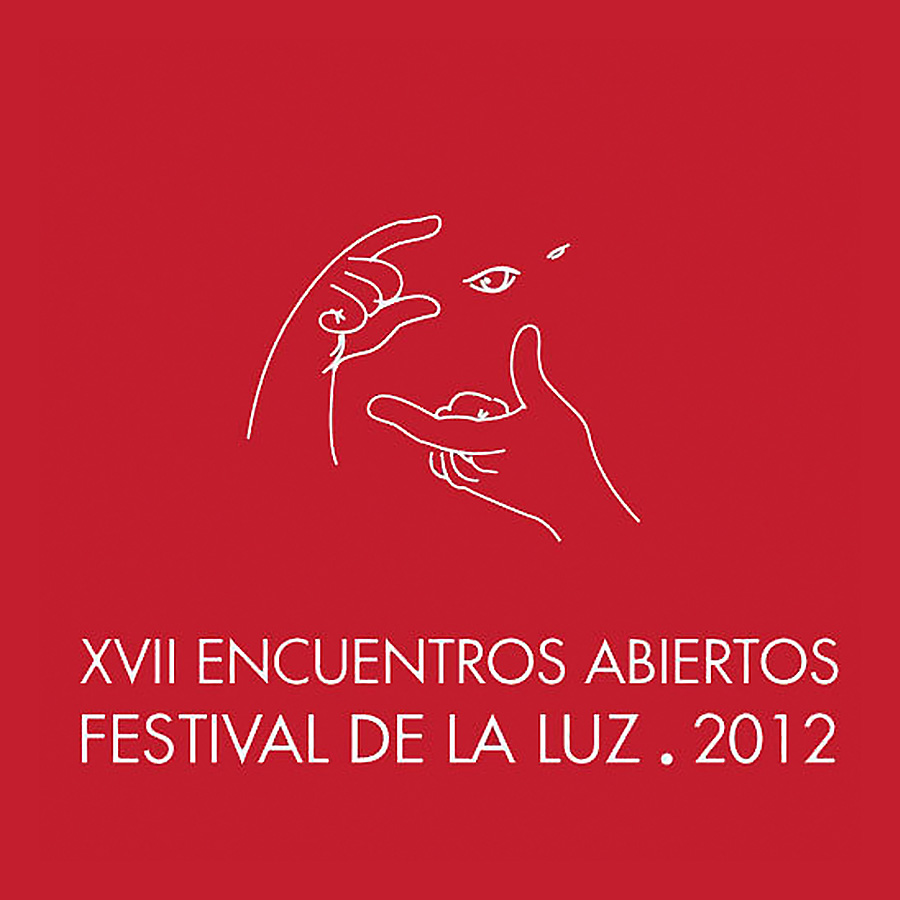Activities
Exhibitions
The Passion according to Jiménez
Micaela Trocello
07.08.12 21.09.12
THE PASSION ACCORDING JIMÉNEZ (by Alicia Candiani)
The Passion according to Jiménez is an “artistic-anthropological” project that addresses the poetic universe that involves Carlos “La Mona” Jiménez, a popular icon from Córdoba and a reference in the music of “quartets” from the Province of Córdoba in which Micaela Trocello was born, studied and currently lives.
There is a popular graffiti that can be seen in various neighborhoods of Córdoba Capital and the interior of the province that says: “My religion is the quartet, my temple is dancing and my god is Mona”. The discourse of this painting hints at the constitution of a geography, an area of interaction where the characters with their stories are represented under a cultural phenomenon: the quartet.
There is more or less a common agreement in locating the origin of this music in the hybridization between the Italian tarantella and the Spanish pasodoble performed in rural areas that later migrated together with the peasants during the 1950s and 1960s to the city of Córdoba to become in the music that animated the dances – in the neighborhood clubs to which the proletarian families used to go – to become today the music that is produced for and consumed by young people and adolescents from the popular sectors of the interior of the country .
In the series of works presented in relation to the XVII Open Encounters – Festival of Light 2012, the artist is inspired, among others, by the lyrics of the song Arma Blanca which says:
when he said yes, he pounced
broke into the room and with a stab struck his heart
when he said yes, he never imagined
that his faithful lover’s threats were carried out today.
with a knife, with a knife
he stained the white dress she wore
with a knife, with a knife
He stained the wedding and what was love yesterday ended in pain,
with a knife, with a knife …
The songs of “la Mona” are stories that involve people who live in slums and are exploited, subjects who are in prison waiting for a letter to arrive, women in love with a priest, extramarital relationships more passionate than the marriages themselves, incests, dropouts, suicides, gambling, losses, searches, disappearances, confrontations.
The Cordoba quartet culture is a masculine music to the extreme, which exalts heterosexuality and places women in two antagonistic places: that of the pure and sacrificed mother or that of prostitute-instrument of perdition.
As in many of her works, Micaela immerses herself here in everyday domestic situations and also in “extraordinary” situations such as the Baile de la Mona, investigating a conceptual plot that finds an intimate relationship between the lyrics of the quartet songs and the recurring theme from the artist: the Woman linked to love, passion, idolatry, but also hate and sin.
Related artists




